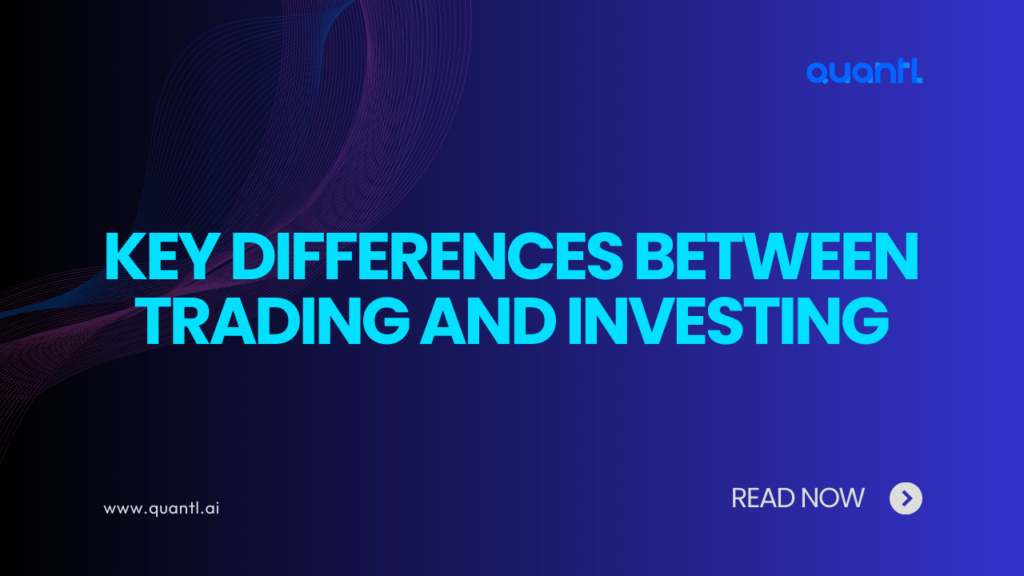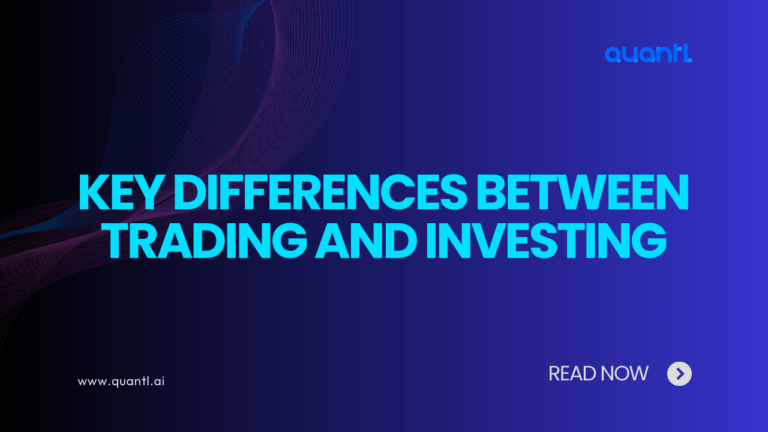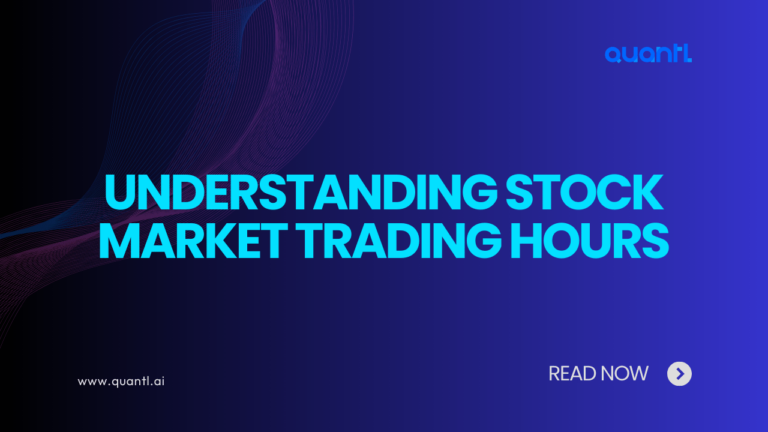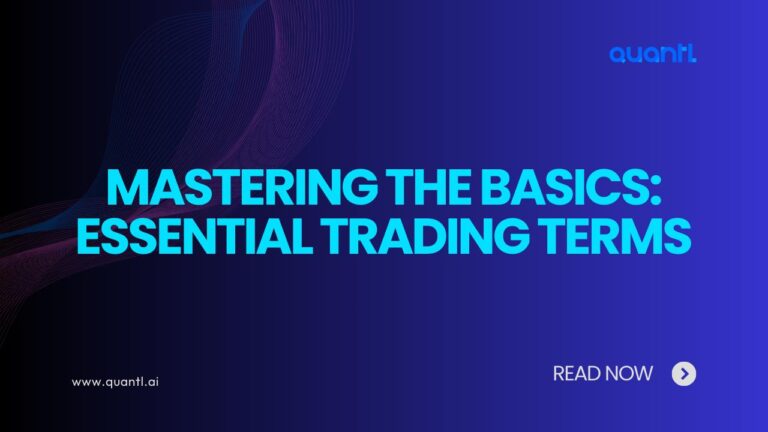In today’s fast-paced financial world, trading has become a buzzword. But what exactly is trading, and how does it work? This blog post aims to demystify the concept of trading and explain its mechanics in simple terms. Additionally, we will delve into the modern advancements in trading, particularly the use of automated strategies that help traders save time and minimize human error.
What is Trading?
Trading involves buying and selling financial instruments like stocks, commodities, currencies, and derivatives with the goal of making quick profits. Traders aim to capitalize on short-term market fluctuations and typically hold positions for a few seconds to several months.
Key Characteristics of Trading
Short-Term Focus: Traders look for opportunities to profit from short-term price movements. This could mean holding a position for a few seconds (high-frequency trading) or a few months (position trading).
Technical Analysis: Traders often rely on technical analysis, which involves studying charts, patterns, and technical indicators to predict future price movements.
High Frequency: Trading involves frequent transactions, sometimes multiple times a day, to take advantage of small price changes.
Higher Risk and Reward: The potential for quick gains is higher in trading, but so is the risk. Traders must be prepared for the possibility of significant losses.
What is Investing?
Investing, on the other hand, involves buying and holding financial assets for an extended period, typically years or even decades. Investors aim to build wealth gradually by benefiting from the long-term growth and income generation of the assets they hold.
The Role of Technology in Modern Trading
Long-Term Focus: Investors look for assets that will grow in value over the long term. They hold onto investments through market fluctuations, believing in their long-term potential.
Fundamental Analysis: Investors rely on fundamental analysis, which involves evaluating the financial health, performance, and future prospects of a company or asset.
Lower Frequency: Investing involves fewer transactions compared to trading. Investors make fewer buys and sells, focusing on building a diversified portfolio.
Lower Risk and Reward: While the potential for quick gains is lower, investing is generally considered less risky than trading. Investors aim for steady, long-term growth.
Trading vs. Investing: Key Differences
Time Horizon:
Trading: Short-term, from seconds to months.
Investing: Long-term, from years to decades.
Approach:
Trading: Focuses on market timing and capitalizing on short-term price movements.
Investing: Focuses on value and growth over the long term.
Risk and Reward:
Trading: Higher risk with the potential for higher short-term rewards.
Investing: Lower risk with more stable long-term returns.
Analysis Techniques:
Trading: Technical analysis.
Investing: Fundamental analysis.
Transaction Frequency:
Trading: High frequency.
Investing: Low frequency.
Finding a Balance: The Role of Automated Strategies
While trading and investing are distinct strategies, finding a balance between the two can be beneficial. This is where automated strategies come into play. Automated trading strategies, like those provided by our company, can offer a harmonious blend of trading and investing.
Benefits of Automated Strategies
Eliminating Human Error: Automated strategies minimize the risk of human error by executing trades based on predefined algorithms and real-time data. This ensures consistency and precision in trading decisions.
Saving Time: Automated trading allows you to save time by letting the algorithms do the work. This means you can focus on other aspects of your life while your trading system operates around the clock.
Diversification: Automated strategies enable you to diversify your portfolio by trading in assets you might not be confident in handling manually. This helps spread risk and increase potential returns.
Investment in Time, Money, and Profits: By leveraging automated strategies, you are essentially making an investment in time efficiency and potential profitability. The real-time market data and automated execution can lead to better trading outcomes and
QuantL AI's Automated Trading Solutions
At QuantL AI, we specialize in providing state-of-the-art automated trading solutions that bridge the gap between trading and investing. Our platform is designed to cater to traders and investors alike, offering customizable algorithms and real-time market analysis to optimize your financial strategy.
Features of Our Automated Trading Solutions:
Customizable Algorithms: Tailor our automated strategies to match your risk tolerance and financial goals. Whether you prefer a conservative or aggressive approach, our platform can accommodate your needs.
Real-Time Market Data: Stay ahead of the curve with real-time market analysis. Our algorithms continuously monitor market conditions, ensuring timely and informed trading decisions.
Risk Management: Protect your investments with built-in risk management features like stop-loss and take-profit orders. These tools help safeguard your capital even in volatile markets.
User-Friendly Interface: Our platform is intuitive and easy to use, making it accessible for traders and investors of all experience levels. You don’t need to be a tech expert to benefit from our automated trading solutions.
24/7 Support: Our dedicated support team is available around the clock to assist you with any questions or issues. We are committed to providing exceptional customer service and ensuring your trading experience is seamless.
Conclusion
Trading and investing are both essential components of a comprehensive financial strategy. Understanding the differences between the two can help you make informed decisions that align with your goals and risk tolerance. By incorporating automated trading strategies, you can find a balance that leverages the strengths of both approaches.
At QuantL AI, we are dedicated to helping you achieve financial success through our innovative automated trading solutions. Whether you are looking to capitalize on short-term market opportunities or build long-term wealth, our platform is designed to meet your needs.
Ready to elevate your trading and investing strategy? Explore our automated trading solutions today and take the first step towards a more efficient, diversified, and profitable financial future.
For more information or to schedule a demo of our automated trading platform, contact us at [Contact Information]. Let’s revolutionize your trading and investing experience together!





